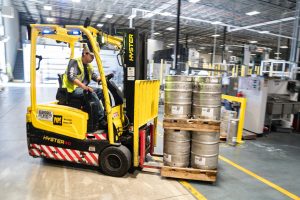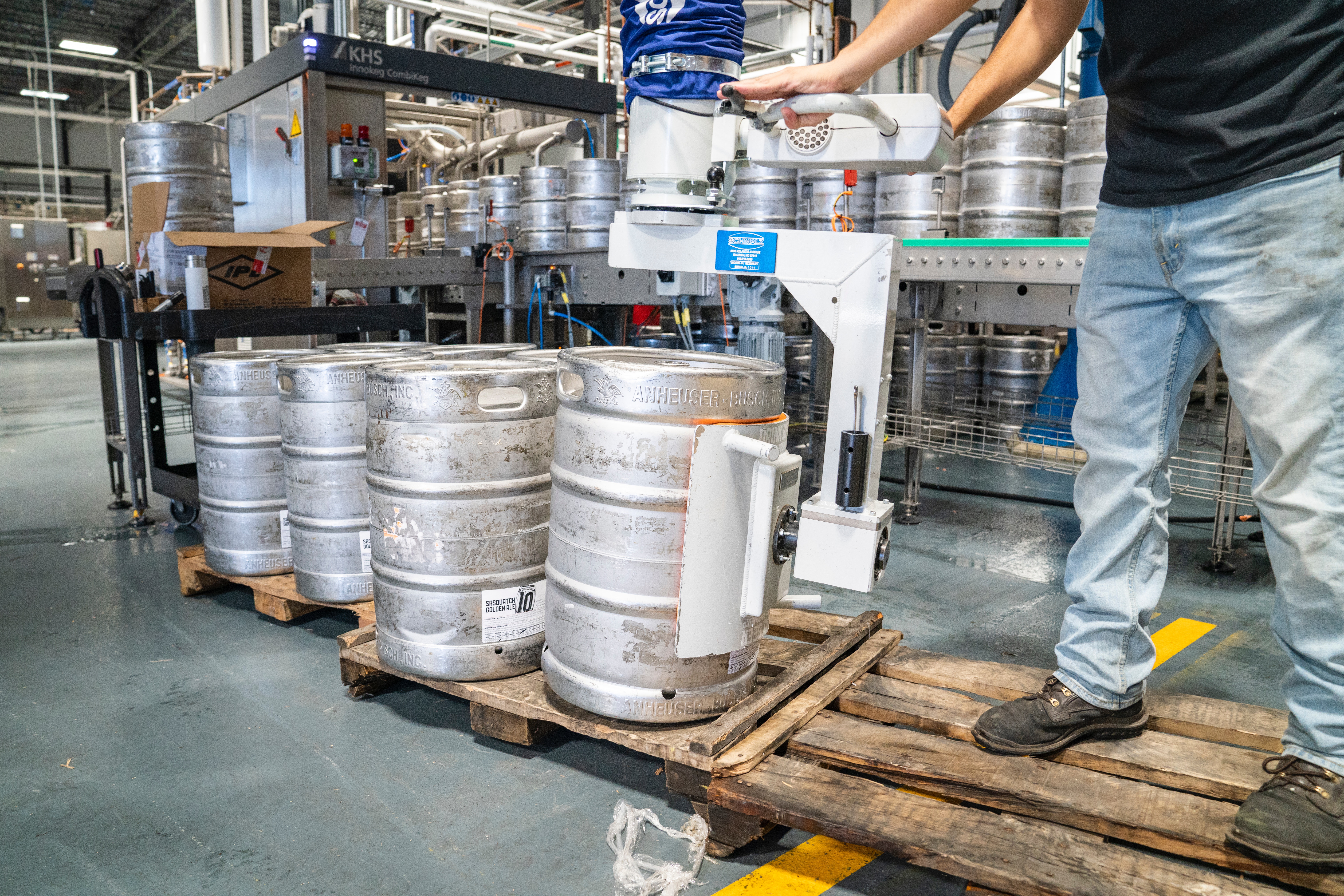Material Handling is the process of moving goods and materials short distances within a building, factory, facility, or warehouse. Material handling includes a wide range of different types of materials, ranging from tiny boxes to large and heavy components for manufacturing. To conduct this process of material handling, there is a wide range of material handling equipment. The types of equipment range from:
-
manual
-
semi-automated
-
and automated equipment
Material handling refers to the entire process of processing, storage, as well as the control of the goods. It is used to help create “time & place utility” through handling, storage and the control of the material (Michael G. Kay, Material Handling Equipment, 2012).
According to MHI.org:
“Material handling is the movement, protection, storage and control of materials and products throughout manufacturing, warehousing, distribution, consumption, and disposal. As a process, material handling incorporates a wide range of manual, semi-automated and automated equipment and systems that support logistics and make the supply chain work. ”

The role of material handling plays is significant and has become a topic of discussion, in particular amongst manufacturing companies. Every type of product that has been manufactured or produced has been involved in a material handling sequence of some sort. Whether that be transported via forklift, or along a conveyor line. Many large manufacturing companies invest millions of dollars every year to ensure that there material handling processes and flows are up to date and efficient.
This is where the idea of lean manufacturing and six sigma have originated, as processes and ideas to eliminate inefficiencies within manufacturing processes.
Creating an efficient material handling system for a large factory, facility or warehouse isn’t an easy take to accomplish. The dynamic environment that all industries exist in today makes it very difficult to plan long term. Especially with the development of the internet and the personalization of many products it has become more and more difficult for manufacturers to keep up with the level of customization now offered to consumers.
Material handling systems are planned out to help develop best practices and methods within a facility for long-term efficient flows. There are generally ten material handling principles which have been taken and used by a majority of facilities globally. These principles have been made and have greatly helped facility managers with the productivity, customer service, and profitability of their factories.
The ten principles of material handling (according to MHI.org) are:
- Planning Principle
- Standardization Principle
- Work Principle
- Ergonomic Principle
- Unit Load Principle
- Space utilization Principle
- System Principle
- Automation Principle
- Environmental Principle
- Life Cycle Cost Principle
These principles help with the planning and processes of all material handling and are just as relevant whether the equipment is manual, semi-automated or fully automated.
While material handling of a product does not add any direct value to the customer, how efficient or inefficient a process is, can directly affect the consumers outlook on the company, product and possibly industry.




